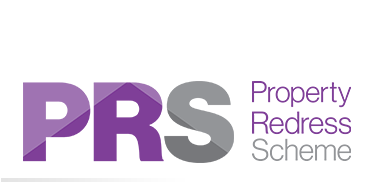Leeds city council comes down heavy on non-compliant properties
Ms Rashid, of Wetherby Road pled guilty to five charges under the Environmental Protection Act and was forced to pay £2,799 in costs and fines at Kirklees Magistrates court. Ms Rashid ended up in court after ignoring a £100 Fixed Penalty Notice issued by a council environmental action officer and continually failing to engage with council officers.
Enforcement officers intervened following complaints and having issued the necessary warning letters, they proceeded to issue a Community Protection Notice to compel Ms Rashid to take appropriate action and clear up the waste. Council officers had to step in and clear the dangerous waste from the properties front yard, despite continued efforts to engage with the property owner.
Community Protection Notices direct people to stop causing a problem that is having a detrimental impact on the quality of life of people in their neighbourhood. As the legal notice was ignored, Ms Rashid was issued with the £100 Fixed Penalty Notice. The penalty notice remained unpaid, so Ms Rashid was prosecuted through the courts to impose a fine and recover the costs of removing the waste

Compliancy is not something that can be ignored, especially within the property industry.
Ms. Rashid appeared to have been a private landlord that was not utilising an agency, had she been using an agency, the issues at the property would not have reached this point. As agencies such as switch properties are obligated to conduct multiple inspections on the property throughout the tenancy and report any issues to the landlord.
Had Ms. Rashid been kept in the loop as to what was happening, and that what she was doing at the property was incorrect and needed to be resolved immediately, it is possible that she would not be having the £2799 fine served to her.
Source: Leeds City Council
Get in touch with us.
switch properties are your local property experts in the South and Central Leeds areas.
Get in touch for a chat on 0113 345 3031 or email info@switchproperties.co.uk.
Check out the Direct Hub for a whole bunch of useful information, such as our pricing structure and our process.






